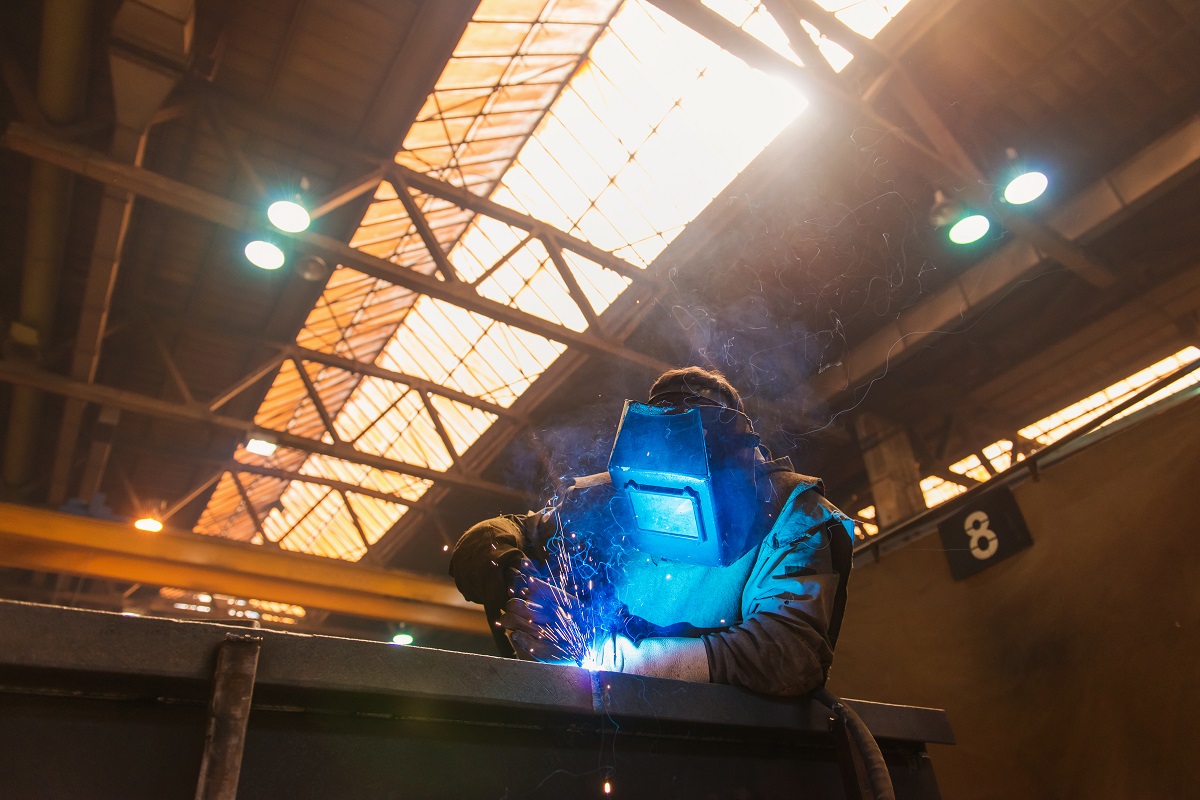Just How to Avoid Weld Undercut: Important Tips for Welders
Just How to Avoid Weld Undercut: Important Tips for Welders
Blog Article
Grasping the Art of Welding: Just How to Prevent Undercut Welding Issues for Flawless Manufacture Results
Performance and precision are extremely important on the planet of welding, where also the slightest flaw can endanger the structural integrity of a made piece. One typical obstacle that welders face is undercutting, a flaw that can damage a weld joint and lead to pricey rework. By understanding the source of undercut welding and applying effective methods to avoid it, welders can elevate their craft to new degrees of excellence (Preventing weld undercut). In the quest of perfect manufacture results, grasping the art of welding to prevent undercut issues is not just a skill however a need for those making every effort for perfection in their job.
Understanding Undercut Welding

To prevent undercut welding, welders need to guarantee correct welding specifications, such as readjusting the present, voltage, traveling speed, and preserving the proper electrode angle. In addition, utilizing the ideal welding technique for the certain joint configuration is vital. Using weaving movements or backstepping strategies can help make sure correct weld metal deposition and decrease the chance of undercut formation. Routine assessment of welds throughout and after the welding process is also critical to catch any undercut early and make needed modifications to avoid additional issues. Preventing weld undercut. By recognizing the sources of undercut welding and executing safety nets, welders can achieve top notch, structurally audio welds.
Reasons For Undercut in Welding
Recognizing the elements that add to undercut in welding is necessary for welders to produce top notch, structurally sound welds. Poor welding current or inaccurate welding rate can also add to damage. Understanding these causes and applying proper welding methods can aid prevent damaging concerns, ensuring strong and long lasting welds.
Methods to stop Undercutting

To minimize the risk of undercutting in welding, welders can utilize tactical welding methods aimed at enhancing the high quality and integrity of the weld joints. Additionally, making use of the right welding strategy for the particular joint setup, such as weave or stringer beads, can contribute to reducing undercutting.
Additionally, proper joint preparation, consisting of making certain tidy base products without pollutants and using the appropriate welding consumables, is essential in stopping undercut defects. Utilizing back-step welding methods and regulating the weld grain account can likewise help disperse warm evenly and minimize the threat of undercut. Routine evaluation of the weld joint during and after welding, along with executing quality guarantee steps, can aid in detecting and resolving damaging issues without delay. By carrying out these techniques carefully, welders can achieve perfect fabrication results with marginal undercut problems.
Significance of Correct Welding Parameters
Choosing and keeping ideal welding parameters is vital for achieving web successful welds with very little defects. Welding specifications refer to variables such as voltage, page existing, travel speed, electrode angle, and protecting gas circulation price that straight impact the welding process. These specifications need to be meticulously readjusted based upon the kind of material being welded, its thickness, and the welding method utilized.
Appropriate welding criteria make certain the correct amount of warm is used to melt the base metals and filler material consistently. If the specifications are set too expensive, it can lead to extreme warmth input, creating burn-through, distortion, or spatter. On the other hand, if the criteria are as well reduced, incomplete fusion, lack of penetration, or undercutting may take place.
Quality Control in Welding Workflow

Verdict
In final thought, mastering the art of welding requires a detailed understanding of undercut welding, its causes, and methods to avoid it. By making certain correct welding specifications and executing quality control techniques, perfect fabrication outcomes can be achieved. It is crucial for welders to constantly pursue excellence in their welding procedures to avoid undercut concerns and produce high-quality welds.
Undercut welding, an usual defect in welding procedures, occurs when the weld steel doesn't effectively fill the groove and leaves a groove or clinical depression along the bonded joint.To prevent undercut welding, welders must ensure appropriate welding parameters, such as changing the existing, voltage, travel speed, and keeping the appropriate electrode angle. Poor welding current or inaccurate welding rate can also add to damage.To minimize the threat of damaging in welding, welders can use tactical welding strategies intended at enhancing the high quality and honesty of the weld joints.In conclusion, grasping the art of welding calls for an extensive understanding of undercut welding, its reasons, and techniques to prevent it.
Report this page